S. Wada, S. Cui, S. Yoshida (2019)
Front. Plant Sci. 10: 328 .DOI: 10.3389/fpls.2019.00328
R. Kuroda, K. Kazumura, M. Ushikata, Y. Minami, K. Kajiya (2018)
J. Agric. Food Chem. 66: 8714–8721, DOI: 10.1021/acs.jafc.8b01750
G. Pezzotti, R. M. Bock, B. J. McEntire, T. Adachi, E. Marin, F. Boschetto, W. Zhu, O. Mazda, S. B. Bal (2018)
Analyst 143: 3708-3721 DOI:10.1039/C8AN00233A
T. Uchida, Y. Sakashita, K. Kitahata, Y. Yamashita, C. Tomida, Y. Kimori, A. Komatsu, K. Hirasaka, A. Ohno, R. Nakao, A. Higashitani, A. Higashibata, N. Ishioka, T. Shimazu, T. Kobayashi, Y. Okumura, I. Choi, M. Oarada, E. M. Mills, S. Teshima-Kondo, S. Takeda, E. Tanaka, K. Tanaka, M. Sokabe, T. Nikawa (2018)
Am. J. Physiol. Cell Physiol. 314: C721-C731 DOI:10.1152/ajpcell.00184.2017
S. Kitajima, K. L. Lee, H. Hikasa, W. Sun, R. Y. J. Huang, H. Yang, S. Matsunaga, T. Yamaguchi, M. Araki, H. Kato, L. Poellinger (2017)
Oncotarget 8: 114481–114494 DOI:10.18632/oncotarget.23010
T. Tomita, A. Hirayama, H. Matsui, K. Aoyagi (2017)
Evid. Based Complement. Alternat. Med. 2017: 3620130 DOI:10.1155/2017/3620130
P. Wang, Y. Du, Y. Li, D. Ren, C. P. Song (2010)
Plant Cell 22: 2981-2998 DOI:10.1105/tpc.109.072959. Epub 2010 Sep 24
N. S. Bryan, M. B. Grisham (2007)
Free Radic. Biol. Med. 43: 645-657 DOI:10.1016/j.freeradbiomed.2007.04.026
Y. J. Gao, C. Lu, L. Y. Su, A. M. Sharma, R. M. K. W. Lee (2009)
Br. J. Pharmacol. 151: 323-331 DOI:10.1038/sj.bjp.0707228
Y. Iwakiri, A. Satoh, S. Chatterjee, D. K. Toomre, C. M. Chalouni, D. Fulton, R. J. Groszmann, V. H. Shah, W. C. Sessa (2006)
Proc. Natl. Acad. Sci. U. S. A. 103: 19777-19782 DOI:10.1073/pnas.0605907103
K. Yamamoto, T. Sokabe, T. Matsumoto, K. Yoshimura, M. Shibata, N. Ohura, T. Fukuda, T. Sato, K. Sekine, S. Kato, M. Isshiki, T. Fujita, M. Kobayashi, K. Kawamura, H. Masuda, A. Kamiya, J. Ando (2005)
Nat. Med. 12: 133-137 DOI:10.1038/nm1338
H. Kadowaki, H. Nishitoh, F. Urano, C. Sadamitsu, A. Matsuzawa, K. Takeda, H. Masutani, J. Yodoi, Y. Urano, T. Nagano, H. Ichijo (2005)
Cell Death Differ. 12: 19-24 DOI:10.1038/sj.cdd.4401528
F. J. Corpas, J. B. Barroso, A. Carreras, M. Quirós, A. M. León, M. C. R. Puertas, F. J. Esteban, R. Valderrama, J. M. Palma, L. M. Sandalio, M. Gómez, L. A. del Río (2004)
Plant Physiol. 136: 2722-2733 DOI:10.1104/pp.104.042812
O. Lamotte, K. Gould, D. Lecourieux, A. S. Legrand, A. L. Garcia, J. Durner, A. Pugin, D. Wendehenne (2004)
Plant Physiol. 135: 516-529 DOI:10.1104/pp.104.038968
X. Huang, K. Stettmaier, C. Michel, P. Hutzler, M. J. Mueller, J. Durner (2004)
Planta 218: 938-946 DOI:10.1007/s00425-003-1178-1
N. C. Aragunde, M. Graziano, L. Lamattina (2004)
Planta 218: 900-905 DOI:10.1007/s00425-003-1172-7
M. M. Tarpey, D. A. Wink, M. B. Grisham (2003)
Am. J. Physiol. Regul. Integr. Comp. Physiol. 286: R431-R444 DOI:10.1152/ajpregu.00361.2003
S. J. Neill, R. Desikan, J. T. Hancock (2003)
New Phytol. 159: 11-35 DOI:10.1046/j.1469-8137.2003.00804.x
M. G. Espey, D. D. Thomas, K. M. Miranda, D. A. Wink (2002)
Proc. Natl. Acad. Sci. U. S. A. 99: 11127-11132 DOI:10.1073/pnas.152157599
Y. Sakihama, S. Nakamura, H. Yamasaki (2002)
Plant Cell Physiol. 43: 290-297 DOI:10.1093/pcp/pcf034
D. Fulton, J. Fontana, G. Sowa, J. P. Gratton, M. Lin, K. X. Li, B. Michell, B. E. Kemp, D. Rodman, W. C. Sessa (2002)
J. Biol. Chem. 277: 4277-4284 DOI:10.1074/jbc.M106302200
M. G. V. Petroff, S. H. Kim, S. Pepe, C. Dessy, E. Marban, J. L. Balligánd, S. J. Sollott (2001)
Nat. Cell Biol. 3: 867-873 DOI:10.1038/ncb1001-867
M. Montagnani, H. Chen, V. A. Barr, M. J. Quon (2001)
J. Biol. Chem. 276: 30392-30398 DOI:10.1074/jbc.M103702200
S. Shintani, T. Murohara, H. Ikeda, T. Ueno, K. Sasaki, J. Duan, T. Imaizumi (2001)
Circulation 103: 897-903 DOI:10.1161/01.CIR.103.6.897
I. Foissner, D. Wendehenne, C. Langebartels, J. Durner (2001)
Plant J. 23: 817-824 DOI:10.1046/j.1365-313X.2000.00835.x
R. C. Kuo, G. T. Baxter, S. H. Thompson, S. A. Stricker, C. Patton, J. Bonaventura, D. Epel (2000)
Nature. 406: 633-636 DOI:10.1038/35020577
T. Murohara, H. Ikeda J. Duan, S. Shintani, K. Sasaki, H. Eguchi, I. Onitsuka, K. Matsui, T. Imaizumi (2000)
J. Clin. Invest. 105: 1527-1536 DOI:10.1172/JCI8296
S. Lin, K. A. Fagan, K. X. Li, P. W. Shaul, D. M. F. Cooper, D. M. Rodman (2000)
J. Biol. Chem. 275: 17979-17985 DOI:10.1074/jbc.275.24.17979
Y. B. Choi, L. Tenneti, D. A. Le, J. Ortiz, G. Bai, H. S. Chen, S. A. Lipton (2000)
Nat. Neurosci. 3: 15-21 DOI:10.1038/71090
J. A. Wingrove, P. H. O’Farrell (1999)
Cell. 98: 105-114 DOI:10.1016/S0092-8674(00)80610-8
H. Kojima, N. Nakatsubo, K. Kikuchi, Y. Urano, T. Higuchi, J. Tanaka, Y. Kudo, T. Nagano (1998)
Neuroreport 9: 3345-3348 DOI:10.1097/00001756-199810260-00001
小島宏建, 長野哲雄 (1999)
実験医学 17: 946-950
H. Kojima, N. Nakatsubo, K. Kikuchi, S. Kawahara, Y. Kirino, H. Nagoshi, Y. Hirata, T. Nagano (1998)
Anal. Chem. 70: 2446-2453 DOI:10.1021/ac9801723
長野哲雄, 小島宏建 (1999)
現代化学 342: 23-30


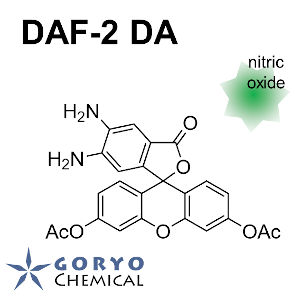

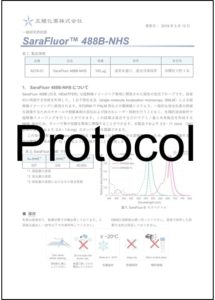
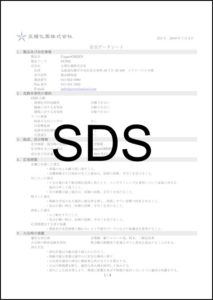

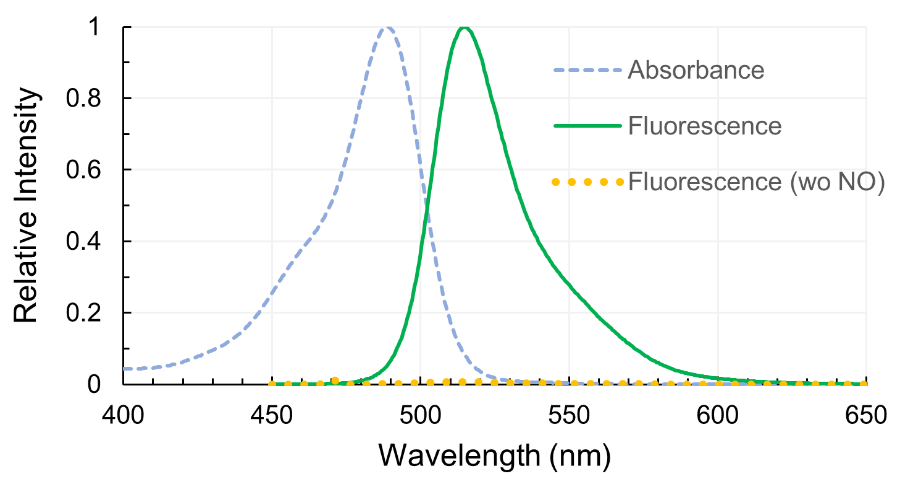
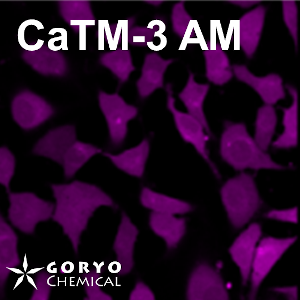

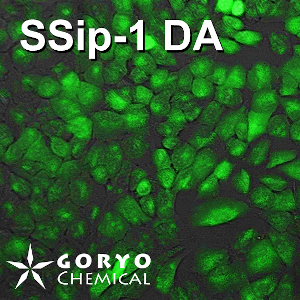
 Contact Us
Contact Us
